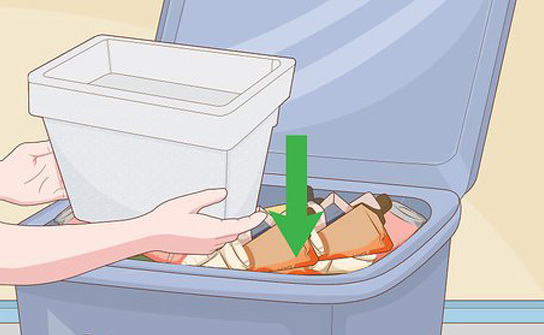 June-03-2023
June-03-2023
View: 1

After cleaning, the foam is shredded or ground into small, uniform pieces.
Transforming Waste into New Possibilities
Foam packaging materials, such as expanded polystyrene (EPS) foam and polyethylene (PE) foam, have gained popularity due to their lightweight and protective properties. However, the improper disposal of foam waste poses environmental challenges. Fortunately, foam is highly recyclable, and the recycling process offers a sustainable solution for its reuse. This essay explores the process of recycling foam, highlighting its benefits and potential applications.
Collection and Sorting:
The first step in foam recycling involves collecting and sorting the foam waste. Recycling drop-off locations, which are widely available across the United States, facilitate the convenient disposal of foam products. These facilities ensure that foam packaging materials are separated from other waste streams, promoting efficient recycling.
Cleaning and Preparation:
Once the foam waste is collected, it undergoes a cleaning process to remove any contaminants, such as dirt, labels, or tape. Cleaning is essential to ensure the purity of the recycled foam material, improving its quality for subsequent processing.
Shredding and Grinding:
After cleaning, the foam is shredded or ground into small, uniform pieces. Shredding breaks down the foam into smaller particles, facilitating further processing and improving its density for transportation and storage. This step helps reduce the foam's volume, making it more manageable during subsequent stages.
Melting and Densification:
The shredded foam is then heated, causing it to melt into a paste-like substance. The melting process reduces the foam's volume even further, enabling efficient transportation and storage. During this stage, additives or modifiers can be incorporated into the melted foam to enhance its properties for specific applications.
Pelletization:
The melted foam is transformed into small pellets by extrusion or pelletizing machines. These pellets serve as the raw material for manufacturing new products. Pelletization not only increases the versatility of recycled foam but also facilitates its transportation and handling in various industries.
Manufacturing New Products:
The recycled foam pellets are sent to manufacturers who utilize them to create a wide range of products. Expanded polystyrene foam (EPS) can be transformed into picture frames, crown molding, insulation panels, and other construction materials. Polyethylene (PE) and polyurethane (PU) foam can be utilized in packaging applications, carpet underlays, cushioning materials, and even as soundproofing solutions.
Sustainable Applications:
Recycled foam finds applications in diverse industries, contributing to a more sustainable future. By utilizing recycled foam, manufacturers reduce the demand for virgin materials, conserve resources, and decrease the environmental impact associated with foam production. Additionally, recycling foam reduces the amount of waste destined for landfills or incineration, mitigating potential pollution hazards.
The process of recycling foam offers an environmentally friendly solution for managing foam waste. By collecting, cleaning, shredding, melting, pelletizing, and manufacturing new products, foam can be transformed into a valuable resource. Recycling foam not only minimizes environmental harm but also supports the circular economy by promoting the reuse of materials. As awareness of the benefits of foam recycling continues to grow, it is crucial to encourage widespread participation in recycling programs and increase the availability of recycling facilities. Through collective efforts, we can harness the potential of foam recycling to create a sustainable future.